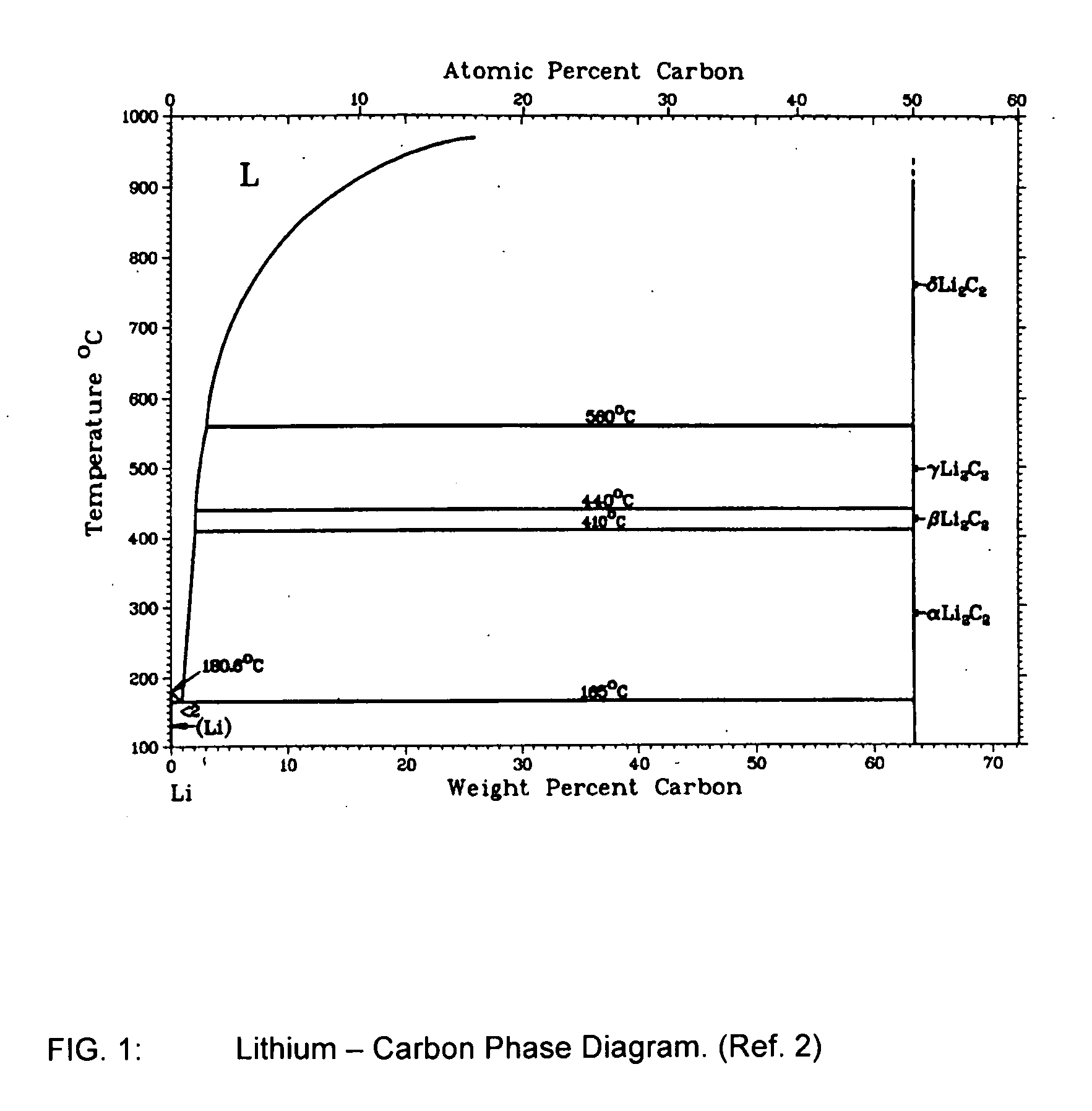System and method for surface hardening of refractory metals
a technology of refractory metals and hardening systems, applied in the direction of solid-state diffusion coatings, mechanical devices, transportation and packaging, etc., can solve the problems of not working and forming affective conversion coatings, low concentrations of diffusing elements, and prior art that does not teach the use of other alkali and alkaline earth metals
- Summary
- Abstract
- Description
- Claims
- Application Information
AI Technical Summary
Problems solved by technology
Method used
Image
Examples
Embodiment Construction
[0069]The following discussion will explain several aspects of the invention, including methods of manufacture and articles produced by the methods.
I: Method of Diffusing Various Elements into Refractory Metals and their Alloys Via an Alkali or Alkaline Earth Metal Carrier
[0070]The family of Refractory metals particularly Titanium and Titanium alloys are generally considered soft metals which cannot be hardened like ferrous alloys. Heat treatment can increase the tensile strength of some of these refractory metals, but Titanium alloys for example cannot increase their intrinsic hardness beyond 40 to 45 Rockwell C. This precludes the use of these alloys in applications which require any resistance to wear, such as bearings, bushings, gears and cutting edges. Designers could use the intrinsic corrosion resistance, light weight and high strength of this family of metals in designs if the surface of the particular alloy could be hardened and provide resistance to wear. There are no know...
PUM
| Property | Measurement | Unit |
|---|---|---|
| weight percent | aaaaa | aaaaa |
| temperature | aaaaa | aaaaa |
| temperature | aaaaa | aaaaa |
Abstract
Description
Claims
Application Information
 Login to View More
Login to View More - R&D
- Intellectual Property
- Life Sciences
- Materials
- Tech Scout
- Unparalleled Data Quality
- Higher Quality Content
- 60% Fewer Hallucinations
Browse by: Latest US Patents, China's latest patents, Technical Efficacy Thesaurus, Application Domain, Technology Topic, Popular Technical Reports.
© 2025 PatSnap. All rights reserved.Legal|Privacy policy|Modern Slavery Act Transparency Statement|Sitemap|About US| Contact US: help@patsnap.com



